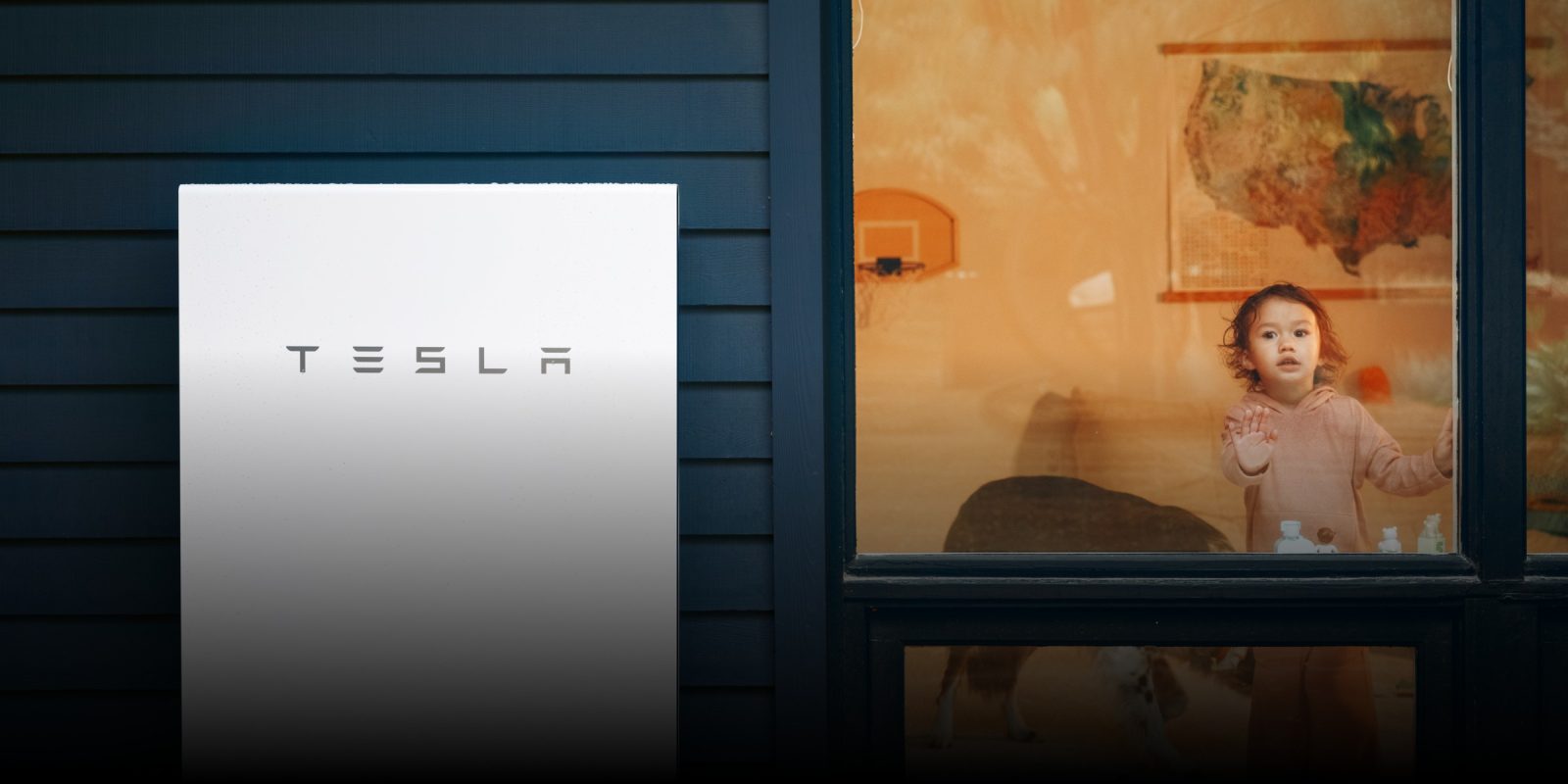
Tesla’s poorly handled Powerwall 2 recall is now turning into a potential class action lawsuit over for leaving people with bricked batteries until Tesla replaces them.
We previously reported on Tesla recalling thousands of Powerwall 2 units built between 2020 and 2022 due to a fire risk. We noted several problems with it, as it took months between the recall in Australia and the US, despite the units being identical and affected by the same issue.
We also noted that Tesla has been aware of the problems for years and tried to sneakily replace some units rather than doing a broader recall.
Now, some affected Powerwall owners are also taking issue with how Tesla is handling the recall.
Tesla’s ability to address issues via over-the-air (OTA) software updates is usually a massive advantage, but not everyone is happy with how Tesla is using its OTA capability in this case.
According to a new class action filing in the Middle District of Florida, Jacksonville Division, that “fix” has left owners with expensive wall decorations instead of backup power systems.
The lawsuit, Brown v. Tesla, Inc., was filed yesterday. It alleges that rather than providing swift replacements for the potentially dangerous hardware, Tesla used its software backdoor to effectively shut down customer installations.
From the complaint:
“Rather than immediately providing full refunds or prompt replacement with non-defective units, Tesla has remotely accessed affected Powerwall 2 systems and discharged or limited their battery charge to near-zero levels to reduce the risk of overheating.”
The result, according to the filing, is that many owners have been “deprived of the core functions for which they purchased Powerwall 2, including backup power and energy storage.”
Imagine paying upwards of $8,000 for peace of mind during a grid outage, only to find out Tesla remotely drained your backup battery to 0% because it might otherwise catch fire.
The lawsuit further alleges that the actual physical replacement process is dragging out. The complaint argues that the replacement process “has been slow, burdensome, and incomplete,” leading to “lengthy periods” where consumers have partially or fully disabled units.
The core legal argument here is about merchantability. The plaintiffs argue that a home energy storage system that must be remotely “bricked” to prevent it from burning down a house is clearly “not fit for its ordinary purpose as a safe and reliable residential battery.”
Tesla has not yet commented on the suit or provided a timeline for when all affected customers will receive physical replacements.
Electrek’s Take
Ever since the first recall in Australia came out, I knew this thing would snowball into something much bigger.
In the Australian recall, Tesla noted that it was “considering compensating people” for revenue lost or higher utility bills due to Powerwalls being down for an extended period.
It looks like this class action lawsuit is trying to ensure that Tesla is not just considering it but actually does the right thing and compensates owners.
Tesla has up to 10,000 Powerwalls to replace in the US alone. We understand that this is a tremendously difficult task and it will take some time, but that’s not the fault of the customers and Tesla needs to own up to it.
Leaving customers in limbo with a dead battery on the wall, especially as we head into winter storm season in many parts of the US, is a massive customer service failure. Tesla needs to accelerate the replacement program and prioritize these recall replacements over new sales immediately.
FTC: We use income earning auto affiliate links. More.

